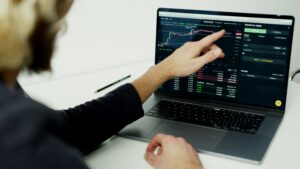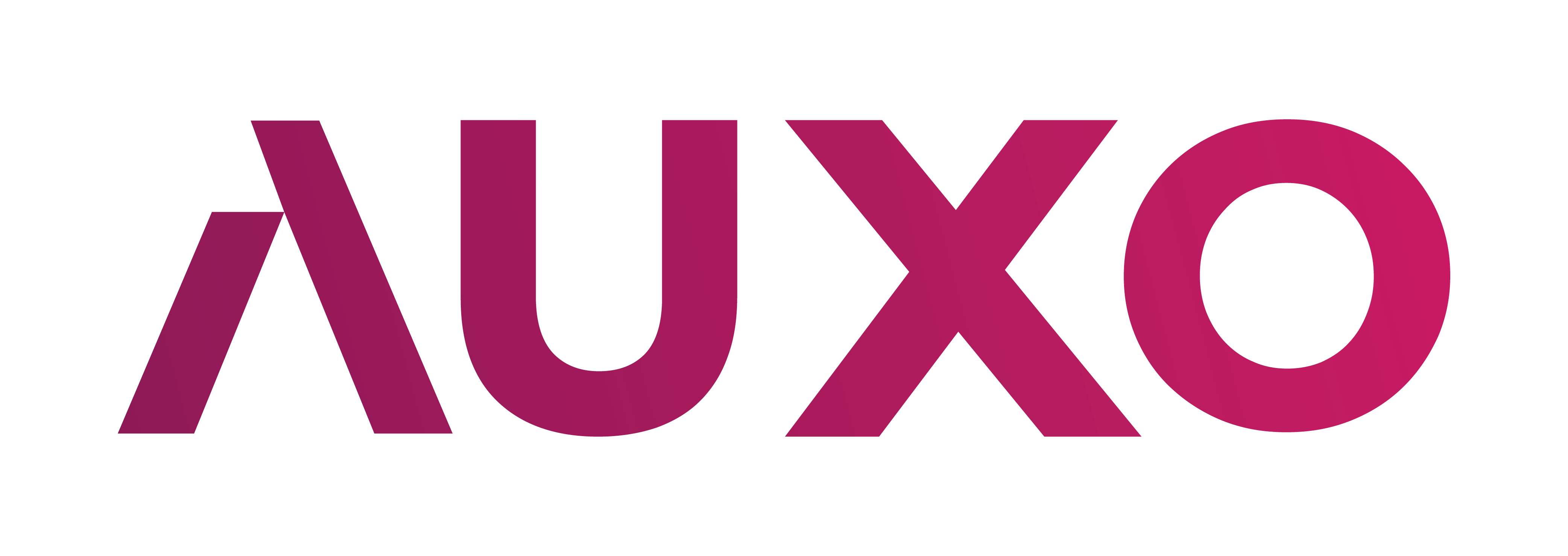If you're looking to allocate your marketing budget effectively, you may be weighing up two major platforms: Facebook Ads and Google Ads. Each platform has distinct strengths, targeting options, and costs, which can impact the success of your campaigns. In this guide, we’ll break down the benefits and drawbacks of each, along with strategies to help you decide which platform will best serve your business goals.
A Brief Introduction to Facebook Ads and Google Ads
Facebook and Google Ads are giants in the world of online advertising. Facebook’s platform also encompasses Instagram, enabling highly visual, scroll-based advertising that’s great for grabbing attention. Google Ads, on the other hand, covers search, display, and YouTube ads, targeting users based on high-intent search queries. These platforms capture a massive portion of the digital ad market, but understanding how each one works can help you choose the right fit for your marketing objectives.Key Differences Between Facebook Ads and Google Ads
The primary difference between these platforms lies in audience targeting. Facebook Ads primarily rely on interruption-based advertising, aiming to capture attention as users scroll through their feeds. Google Ads, particularly search ads, target users who are actively searching for specific products or services, meaning there’s clear intent behind their actions. This difference in user behaviour has a significant impact on the costs and potential conversion rates of your campaigns.Benefits of Facebook Ads
Facebook Ads offer unique advantages, particularly in audience targeting and engagement:- Highly Visual and Engaging Formats: Facebook provides various ad formats—images, carousels, and videos—that are designed to capture attention quickly. If your product or service benefits from visual appeal, Facebook Ads can showcase it effectively.
- Advanced Audience Targeting: Facebook’s targeting options enable advertisers to reach users based on demographics, interests, behaviours, and past interactions with your business. This customisation allows you to be highly specific, ensuring your ads reach the right people.
- Cost-Effective for Broad Reach: Facebook often offers a lower cost per impression (CPM) and cost per click (CPC) than other platforms, making it an affordable choice for building brand awareness and reaching larger audiences on a budget.
- Robust Retargeting Capabilities: Facebook’s retargeting tools let you target users who have visited your site, interacted with your content, or watched your videos, keeping your business top-of-mind for potential conversions.
- Long-Term Audience Building: Unlike Google Ads, Facebook enables you to cultivate a community of followers through page likes and Instagram engagement, creating long-term connections that can lead to repeat business and customer loyalty.
Benefits of Google Ads
Google Ads is a powerful tool with unique advantages, particularly when targeting high-intent users:- High-Intent Traffic: Google Search Ads reach people actively searching for products or services, which often translates into higher conversion rates compared to interruption-based ads.
- Extensive Reach Across Networks: Google Ads extends beyond search; it includes the Google Display Network and YouTube, enabling you to reach diverse audiences across multiple platforms.
- Precise Keyword Targeting: Google Ads allows you to target specific keywords relevant to your business, ensuring your ad appears when users search for related terms. This precision lets you capture potential customers precisely when they’re looking for your solution.
- Scalability for Larger Campaigns: Google Ads can support large-scale campaigns and budgets, allowing you to reach millions across networks and maintain substantial exposure.
- Detailed Control Over Bidding and Budgets: With Google Ads, you have control over bids and budgets, including maximum CPC and daily budgets, allowing you to fine-tune your campaigns based on performance.
Drawbacks of Facebook Ads
Despite its strengths, Facebook Ads comes with certain challenges:- Interruption-Based Ads: Facebook Ads rely on capturing attention while users browse, meaning you’re reaching people who may not be actively looking for your product, which can lead to lower conversion rates.
- Limited Search Intent: Unlike Google Ads, Facebook doesn’t target users actively searching for specific products or solutions, which can be a disadvantage for businesses offering niche or high-ticket items.
- Ad Fatigue: Due to Facebook’s visual nature, audiences may experience ad fatigue if they see the same ad repeatedly. This can lead to declining engagement, requiring frequent creative updates to maintain performance.
- Increasing Competition and Rising Costs: As more businesses adopt Facebook Ads, competition for impressions has risen, driving up CPC and CPM rates in certain industries.
Drawbacks of Google Ads
Google Ads also has its own limitations:- Higher Costs Per Click: Due to its high-intent nature, Google Ads can be expensive, particularly for competitive keywords, with high CPC rates in certain industries.
- Complex Setup and Management: With multiple ad formats across search, display, shopping, and YouTube, Google Ads can be more challenging to manage, requiring different strategies for each format.
- Limited Organic Engagement: Unlike Facebook, Google Ads lacks organic engagement options. You pay for each click or impression, with limited opportunities to build a following or community for free re-engagement.
- Search Volume Limitations: For niche products or services, there may not be enough search volume to sustain a Google Search campaign, making it difficult to generate traffic solely from Google Ads.





